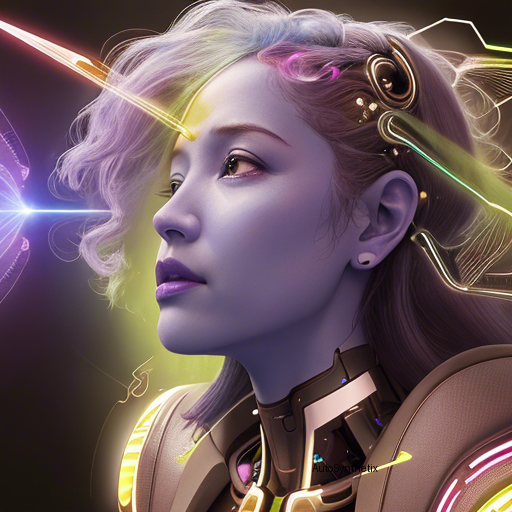Introduction
In today's rapidly advancing technological landscape, Artificial Intelligence (AI) has become indispensably intertwined within numerous facets of our lives, particularly in sectors requiring critical decision-making processes. The healthcare industry stands out prominently among these fields where missteps can bear significant consequences. Consequently, recent research efforts have been channelized towards devising innovative strategies aimed at optimally integrating AI systems alongside humans in crucial judgement calls. One groundbreaking proposal encompasses 'Learning to Guide,' a paradigm shift away from traditional models relegated to controlling human expertise. We delve deeper into this novel concept while exploring its potential impact on revolutionizing collaborative intelligence through cutting-edge Vision-Language Model applications.
The Limitations of Traditional Approaches
Conventional methods often adopt a symbiotic partnership between a seasoned professional and a Machine Learning algorithm, transferring riskier choices onto the latter's shoulders. However, inherent drawbacks arise when implementing this framework in contextually sensitive situations. Experts might unintentionally lean heavily upon automated recommendations, leading to anchored biases undermining the prudence associated with personal involvement. Regulatory bodies worldwide impose stringent guidelines ensuring reliable artificial intelligence implementation, further emphasizing the need for more refined integration methodologies.
Introducing "Learning to Guide": An Alternate Framework
As a countermeasure against conventional shortcomings, the idea of "Learning to Guide," or LTG, emerges. Abandoning direct commandeering of human judgment, this new strategy positions AI not as an autocratic authority but instead as a supportive advisor offering actionable insights. Crucially, the ultimate responsibility lies solely in the hands of the knowledgeable individual. By adopting this forward-thinking perspective, the perils related to disproportionately delegating accountability diminish significantly. Furthermore, the interpretability and specificity of AI-generated advice prove instrumental in maintaining transparency demanded by legal entities regulating advanced technology adoption across industries.
Making Vision-Language Models Guideline Generators
To actualize the transformational advantages encapsulated within the LTG philosophy, a practical solution termed '\method' was conceived. Designed meticulously, this revolutionary technique breathes life into any existing vision-language architecture, harnessing minimal yet decisive human input. Leveraging this interaction, '\method' molds generic vision-language models into proficient providers of tailored counsel essential for informed decision-making. Demonstrating efficacy even under real-life complexities, this pioneering system holds immense promise in reshaping cooperative AI utilization.
Empowering Medical Diagnosis Tasks Through Collaborative Efforts
Embodying the epitome of high-risk, time-critical decision environments, the field of medicine serves as a quintessential proving ground for testing the merits of LTG principles. '\method', showcases remarkable performance in navigating intricate diagnostic challenges commonly encountered during clinical practice. Encouraged by initial success stories, researchers anticipate substantial advancements propelling the harmonious coalescence of human acumen and AI capabilities in various mission-critical domains beyond health care.
Conclusion
Embracing the 'Learning to Guide' ideology signals a watershed moment in the evolutionary trajectory of AI collaboration with humankind. Paving the way toward a more balanced synergy, this strategic innovation promises a future where mankind and machines work together seamlessly, augmenting strengths without compromising the integrity of individual contributions. As the world continues marching ahead towards an evermore interconnected digital reality, adaptations like LTG underscore the paramount importance of fostering a mutually reinforcing relationship between people and intelligent automata.
Credit acknowledgment: While writing this piece, I referenced the original ideas presented in the ArXiv document authored collectively by the scientific community, specifically highlighting the work surrounding "Learning to Guide." My intent remains purely educational, aiming to present complex concepts in a captivating manner accessible to a broader audience. AutoSynthetix plays no part in the creation process apart from supplying the raw data for my exploration.
Source arXiv: http://arxiv.org/abs/2403.16501v1
